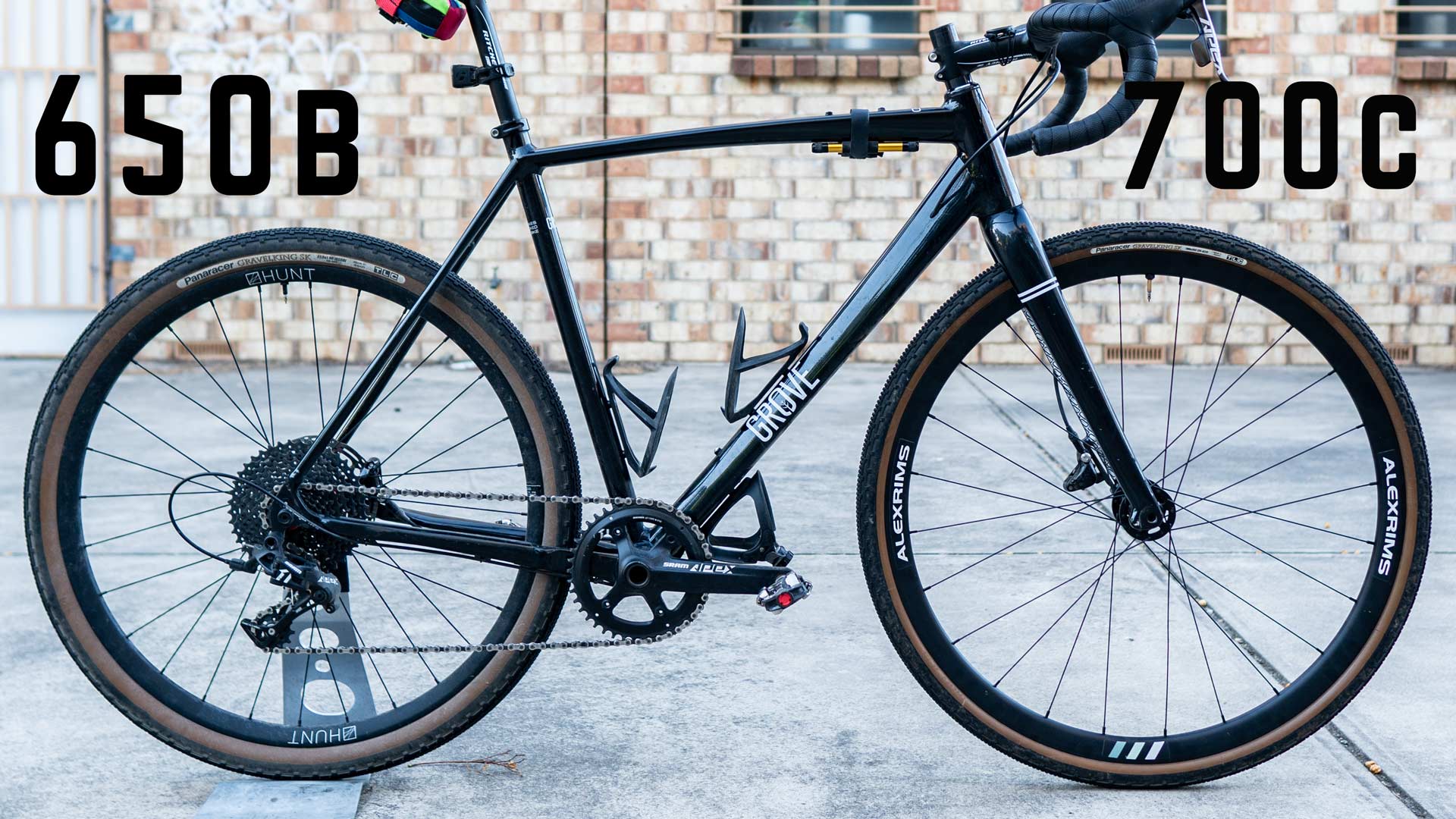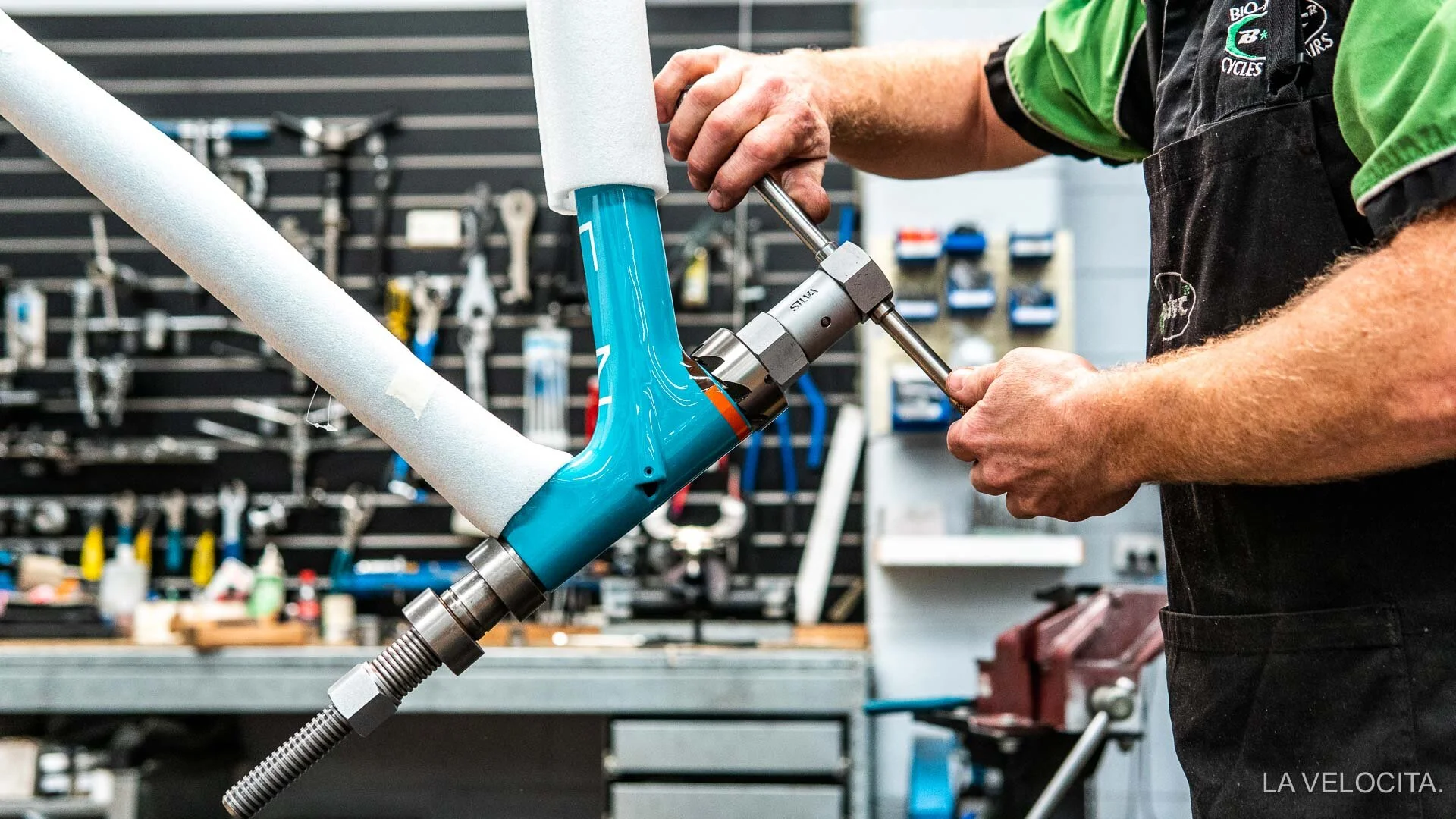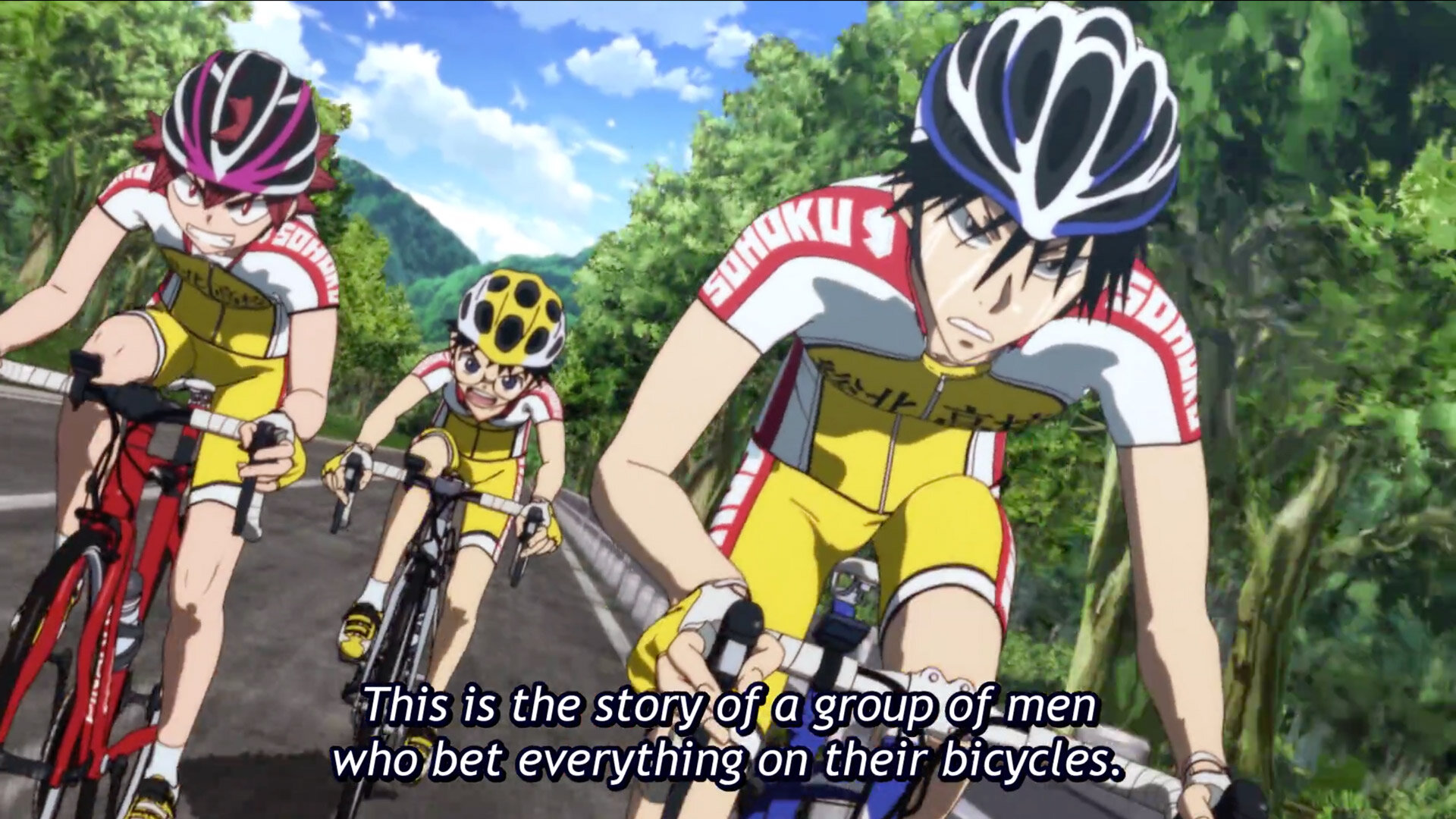Best cameras for cycling and bikepacking

HOW TO BEST CAPTURE THE MAGIC MOMENTS FROM YOUR RIDE
Words and Images - James Raison
So you want to up your photography game specifically on and around bikes. That presents a set of unique challenges because cycling is something outside, in motion, with limited carry capacity. So, I wanted to make a video/article to help people trying to empty their bank accounts even faster by adding photography to their cycling hobby.
Good news! I’ve put together a guide on all the things you need to know; what matters with cycling cameras, what types of camera suit cycling applications, and which models I recommend for the aspiring cycling shooters. Let’s do it!
THE MOST IMPORTANT FACTORS WHEN CHOOSING CAMERAS
I’ve made a super special matrix that addresses cycling photography specifically. I’ll run through that, then all the genres of camera you might buy and make some recommendations. So let’s jump in with the most important factors for taking better cycling photos.
1. TMWHTC - THE MEATY WATERBALOON HOLDING THE CAMERA
It’s a well-worn cliche in photography that “gear doesn’t matter” and it’s true. Partly. I’ll re-frame it a little though because gear categorically does matter and say: the cheapest and most meaningful way to take better photos is to improve your technique. Photos and videos are about telling stories and a good story always transcends technical aspects of a camera. Photography is a skill like any other. Devoting your time to practice and learning.
That said, your equipment can most certainly be the difference between capturing a story and missing it, and that’s the central point of this article. So let’s move onto number 2.
2. TTIFUEP - TIME TO IN-FOCUS, USABLY EXPOSED PHOTOS
Just how quickly can it take a useable photo? The word Usable is crucial here. They don’t have to be perfect but they do have to be generally in focus and the subjects need to be visible. Some of the best moments on the bike happen in motion and stopping isn’t an option. Don’t let your photo window slam shut while you’re fumbling with the iso dial, or wondering what focus mode you’re in.
3. AT-HANDINESS
his is a supplementary factor to TTIFUEP: how long does it take you to whip out your photo device? The best camera in the world is meaningless for cycling when it’s inaccessible.
I’ve spent multiple rides with a nice camera buried in a handlebar bag and the time it takes to drag it out, get the shot, and stash it again is long enough that I don’t use it. The harder it is to reach the device, the less likely you are to use it.
4. FORM FACTOR
The easier it is to carry, the more likely you are to take it on the bike. Space is critical for bikepacking so you need to choose a media device wisely. Slim and pocketable is the dream while chonky bricks could force you to sacrifice other gear you might need.
5. RUGGEDNESS
Will it actually survive the trip and all of the potential conditions that’ll be thrown at it? I’ve sadly lost a camera to the cycling gods because of a handlebar bag that will not stay closed. Only take a camera that you can afford to replace because it’s easy to kill them.
6. COST
Cycling is already expensive, adding photography gear can really stress the old bank account. In many ways, cycling and photography run in parallel to each other. Both run a price gamut from cheap and functional to hyper expensive with the spectre of diminishing returns looking large. Obsessing over camera specs is no more useful than deciding a bike’s quality by weight numbers, or eyeballing the groupset.
I’ll repeat again, only ride with what you can afford to replace.
7. IMAGE QUALITY
Yep, I’m putting this dead last and you’ll see why by the end of the article. Bigger and better specs adds bloat, complication, size, cost and all the things we’re trying to balance out.
Most importantly, you don’t need amazing gear when people will view your content on a phone anyway. Squishing your photos smaller means the flaws become less noticeable. Instagram is a very forgiving platform and most people are still watching YouTube in 1080p so don’t obsess over quality.
So, just like bicycles, don’t get so bogged down in gear that you convince yourself upgrading or spending big is the only way to take nice photos. I’ve seen incredible photos taken by cheap cameras and phones, and I’ve seen plenty of mediocrity coming off $5000+ setups.
The Video Version of this article:
WITH THAT IN MIND THE ULTIMATE CAMERA IS…
Your phone!
I know, how disappointing but it’s true. Phones are easy to use, can automatically, focus and expose super fast, are always with you, pretty much always handy, have a super slim form factor, can be quite rugged depending on your choices, and can get amazing results.
What makes them so good is the balance of hardware and software behind them. They absolve you of responsibility to think and worry about your settings. Whip out your camera, point it at your subject, and in fractions of a second, it’ll figure out exposure and focus for you. It’s remarkable.

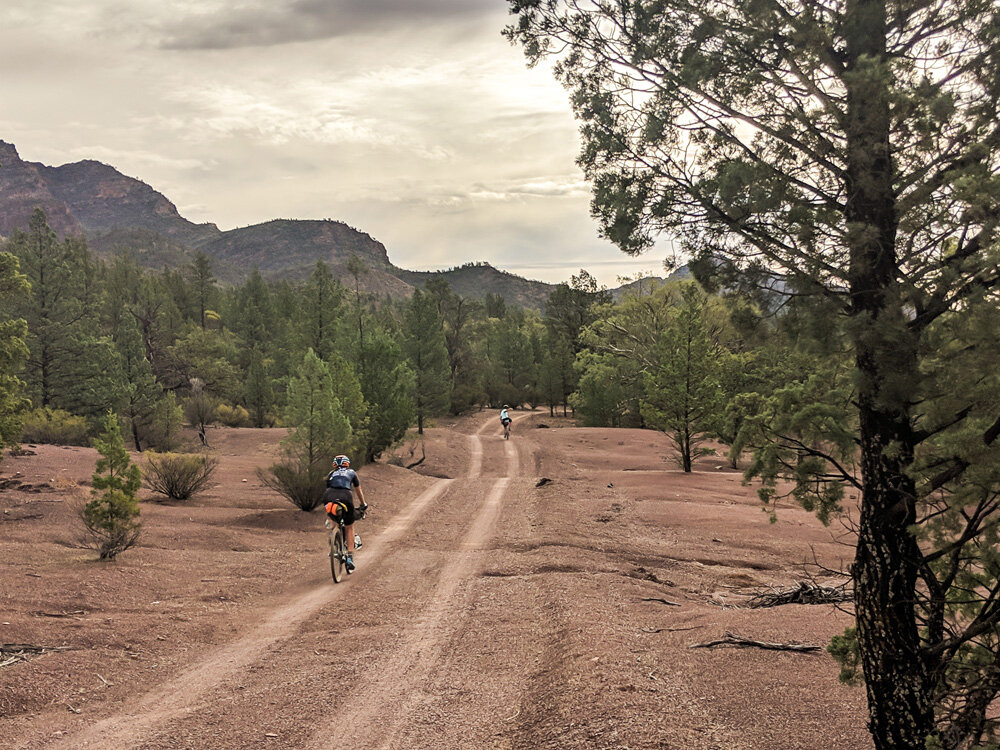
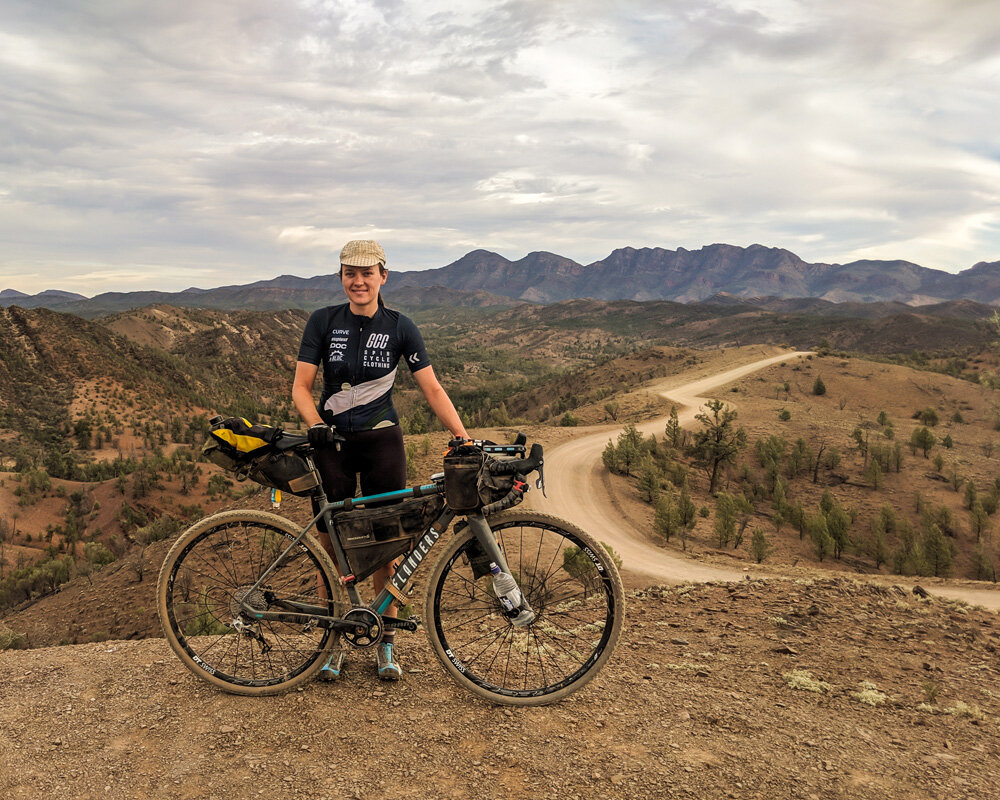
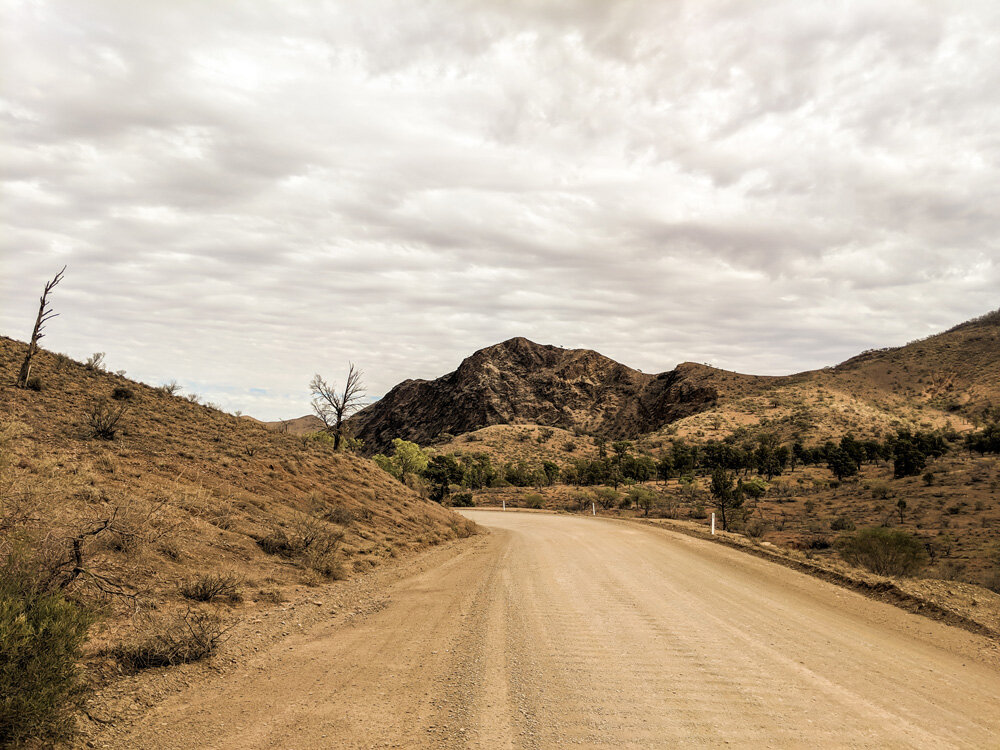
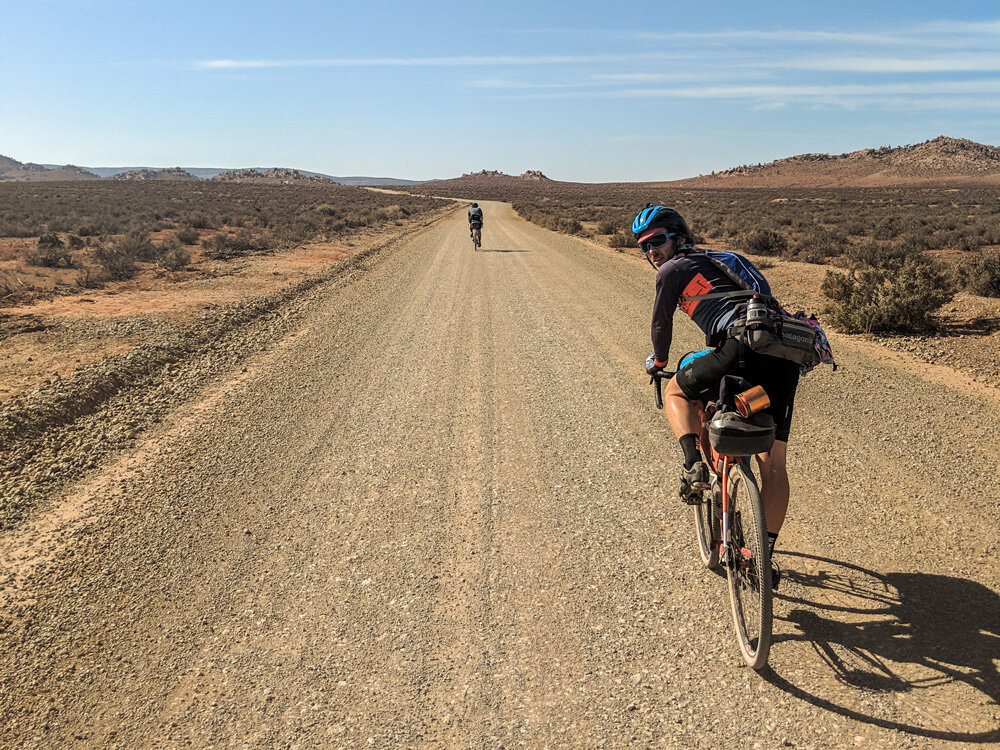

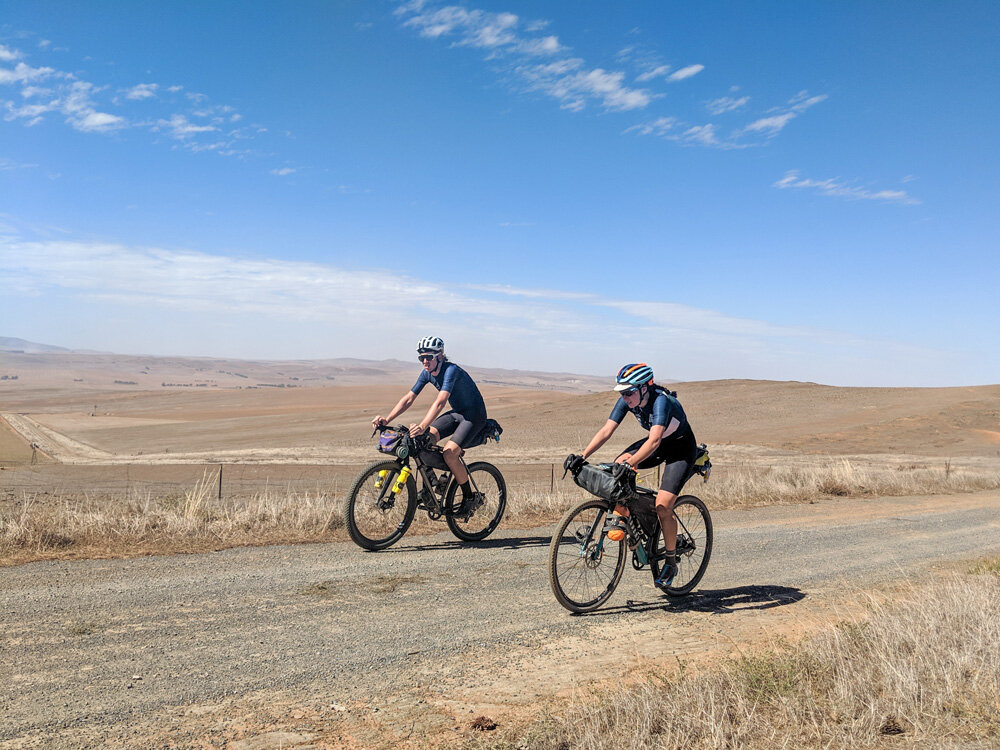
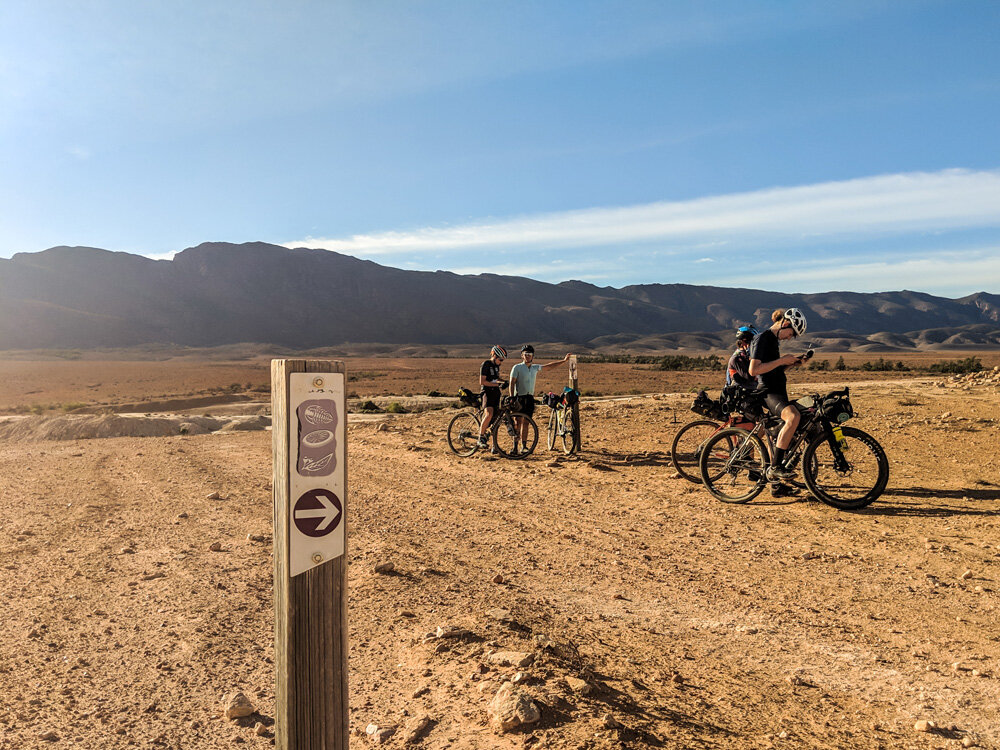
And modern phones don’t have to be expensive to have good cameras, even low to mid-range will get results. Personally, I am a Pixel 5 user and I’ve been super happy with the photos and videos.
Phones can have a couple of downsides. The processing of the files can mean they aren’t always easy to edit if you’re planning to process them more. Also, phone photos look like phone photos so people looking for a unique style might not go elsewhere. Other than that, phones are the ultimate cycling cameras.
My picks: Anything from Apple, Samsung, or the Pixel range will do just fine. Even mid-range phones are getting awesome though so don’t feel like you have to break the bank.
ACTION CAMERAS
The second category is action cameras. These talented little bricks have become popular for good reason.
There’s a lot going for action cameras, especially if videos are your main goal. They’re compact, reasonably priced, rugged as hell, have amazing video capabilities, wizard-like stabilisation, and can even take photos.
There’s some incredible tech getting crammed into your modern GoPros but personally, I’d buy the DJI Osmo Pocket 2. I love the form factor for cycling and the gimbal would be amazing. I’ve been using a Sony FDRx3000 for my B-roll for the last few years and I like the stabilisation which was amazing at the time and the image quality but the form factor is terrible, you need to be an external screen, and it’s too reliant on accessories to be good.
The drawbacks are probably the photos. The ultra wide and fisheye look doesn’t float my boat. It can distort faces, make bodies look weird, and warp the landscapes too much. That’s just my preference.
My picks:
Any GoPro
Dji Osmo Pocket
DJI Osmo Action.
Yi 4k
THE COMPACT FIXED LENS POINT N’ SHOOT
The compact segment has a lot of potential for cyclist with small size, usually a well-rounded feature set, and often a zoom lens to get you some range. It’s stacked with options too from cheap to hyper-expensive so you can pick something to suit your budget.
There’s so much choice in this market so pick a budget and then sort from what fits into it. I was using a Sony RX100 M3 for a few years and was happy with the results. Great stills and video, with a flippy screen. I like the specs of the Panasonic Lumix DC-TZ95. Were money no option I’d go with a Fujifilm X100v though because I’m a big Fujifilm fan and that camera looks beautiful and gets amazing results.
The drawbacks from this segment are the size is starting to increase, ruggedness is starting to decrease, and they’re not the most convenient or easy to use. I did multiple rides with my little Sony where it stayed completely hidden in a bag. They’re just not the most convenient. I love the results though so it’s all about balance.
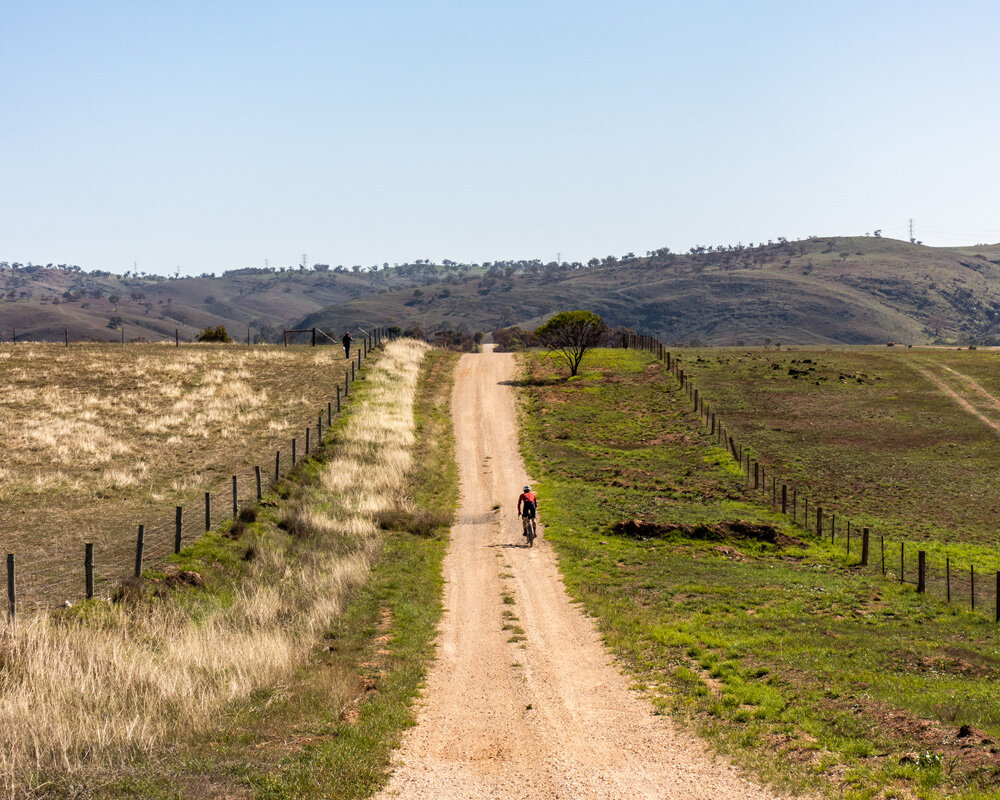
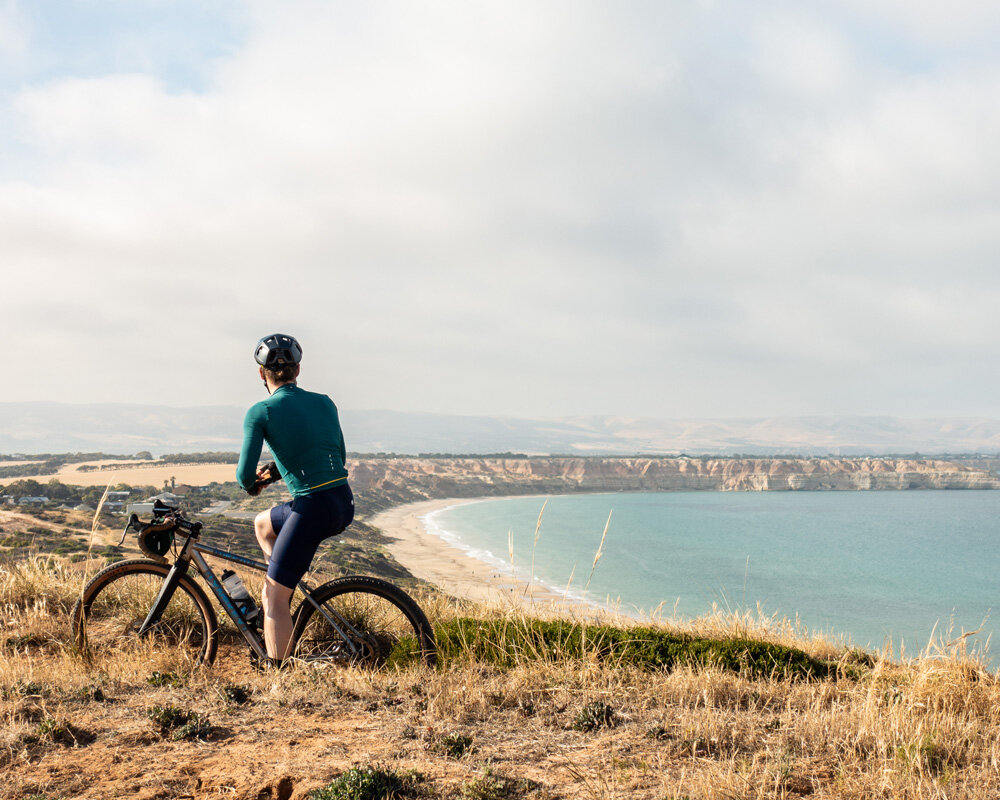
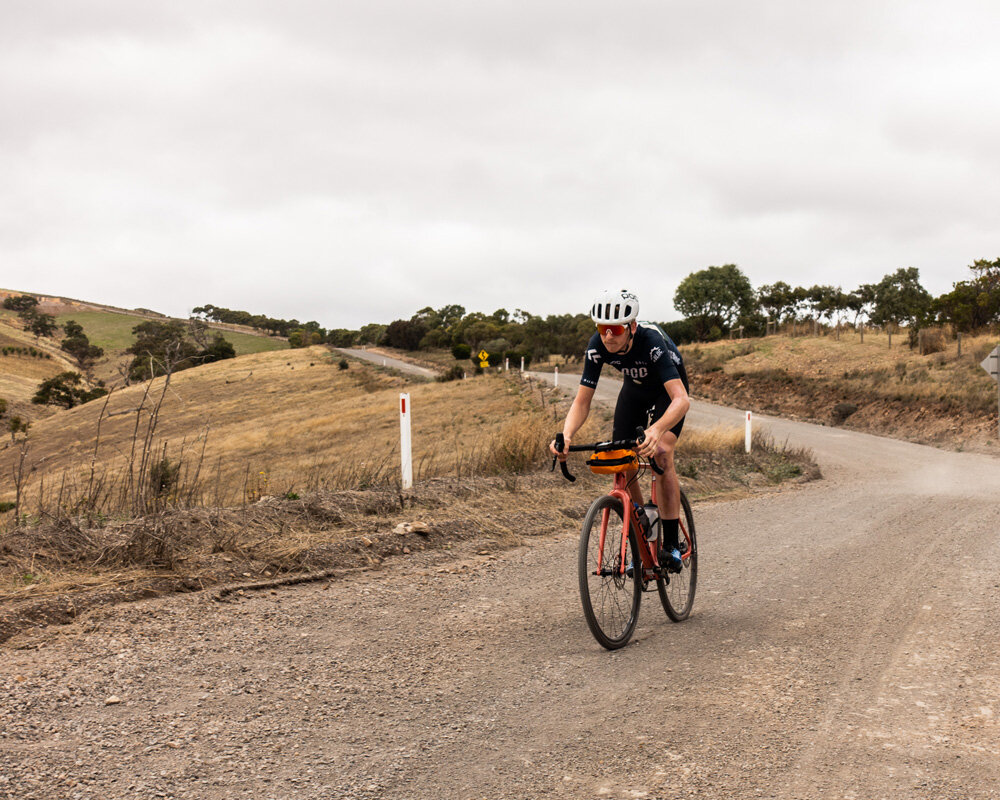
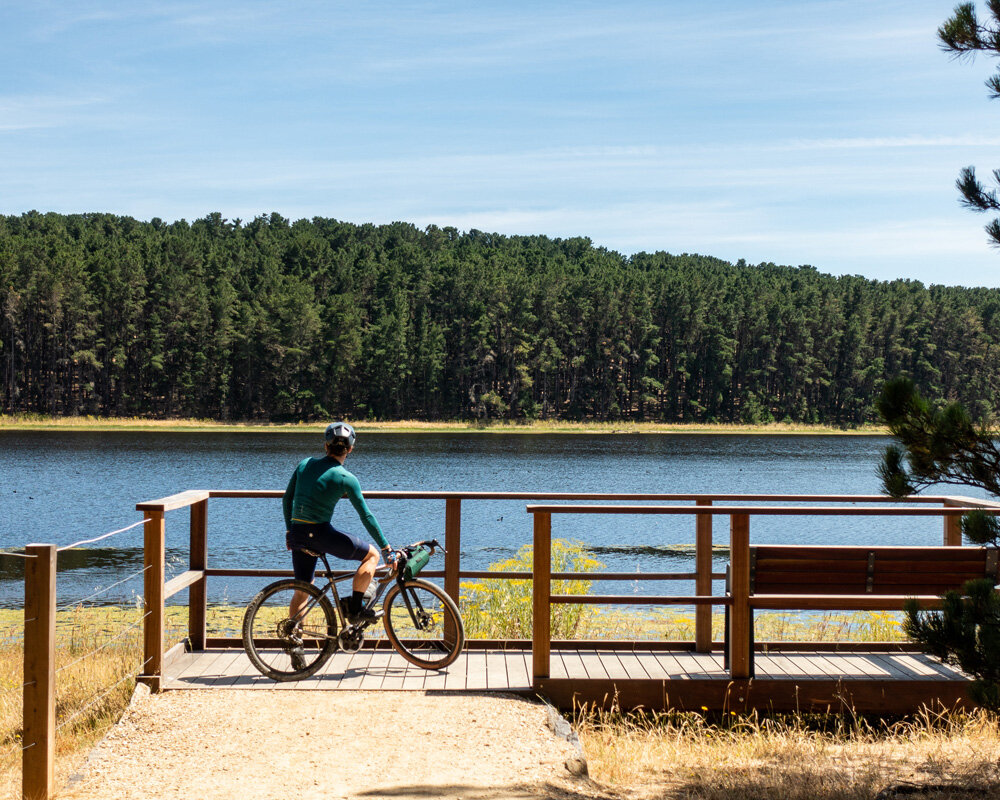
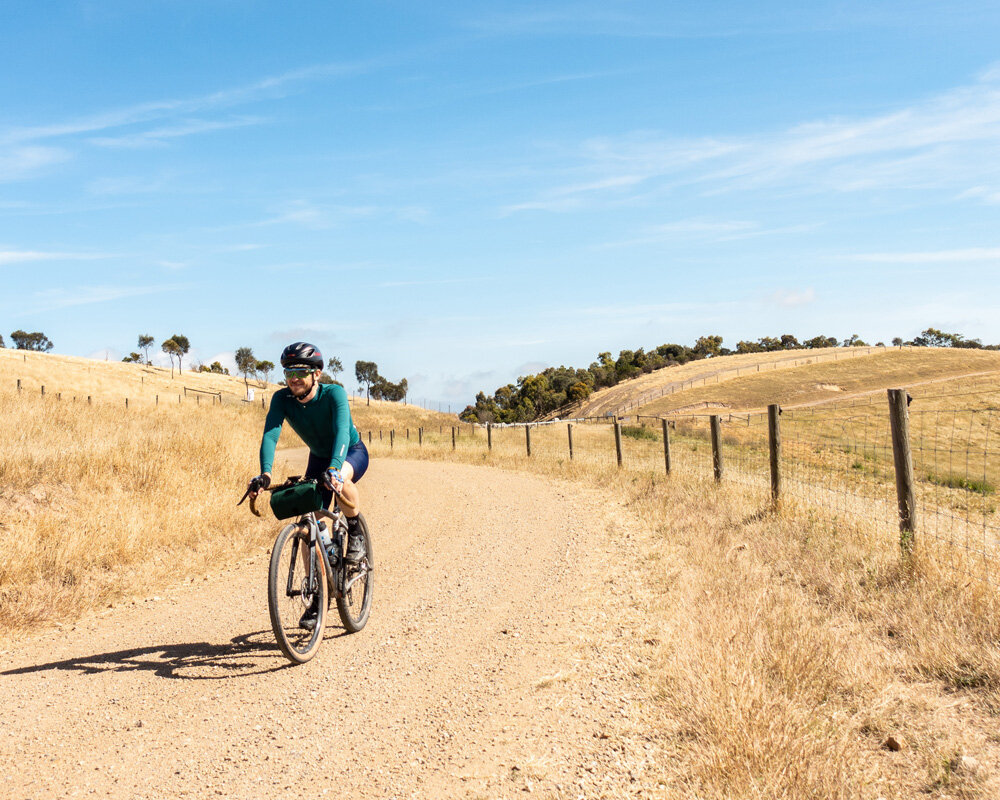

Sensible choices:
Sony RX100 series: A well-rounded package that has enough versions to fit a few budgets. The older M1-3 are still solid cameras that’ll take nice photos without too many bells and whistles.
Panasonic Lumix DC-TZ95: It has a good combination of sensor and lens quality but with the killer feature of a tilt screen. Add in a generous zoom, 4K video, and you’ve got a compelling option.
Canon G7X: any of them will do just fine.
Infinite budget options
Fujifilm X100V: just a beautiful piece of tech with APSC sensor, versatile focal length, reasonable weather sealing, and better video features than you’d expect. I’d love one.
Ricoh GRIII: Compact, stabilised, and with a fantastic APSC sensor mated to a razor sharp lens. Its mediocre video quality is worth it for the amazing stills.
Sony RX1R II: The only full-frame sensor camera on this list makes the cut because of form factor. It’s hilariously far outside of most people’s budgets but it would be amazing.
INTERCHANGEABLE LENS CAMERAS
The last category is interchangeable lens cameras. The best potential quality photos but also the biggest, most expensive, least convenient, hardest to use, and most genuinely unnecessary. Which is exactly why I choose to ride with them! The files you get from them are so damn beautiful.
I went bikepacking for three days with a Fujifilm X-T1 slung to my back the whole time. I just love the photos it takes, so I was willing to put up with the pain-in-the-ass factor of a camera bouncing around behind me. Ultimately, I got away with it because the weather was good. This definitely is not a good idea for bad weather.
Still, I don’t recommend cameras like this for most people. It’s risking expensive gear for nice but not always necessary results.


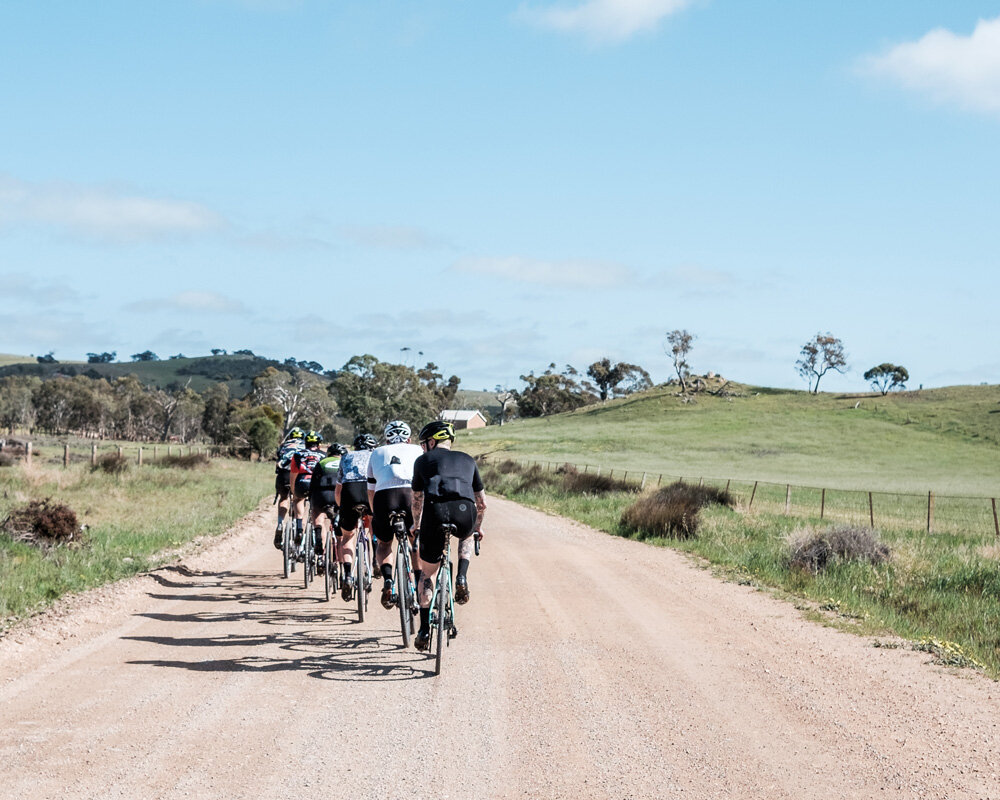

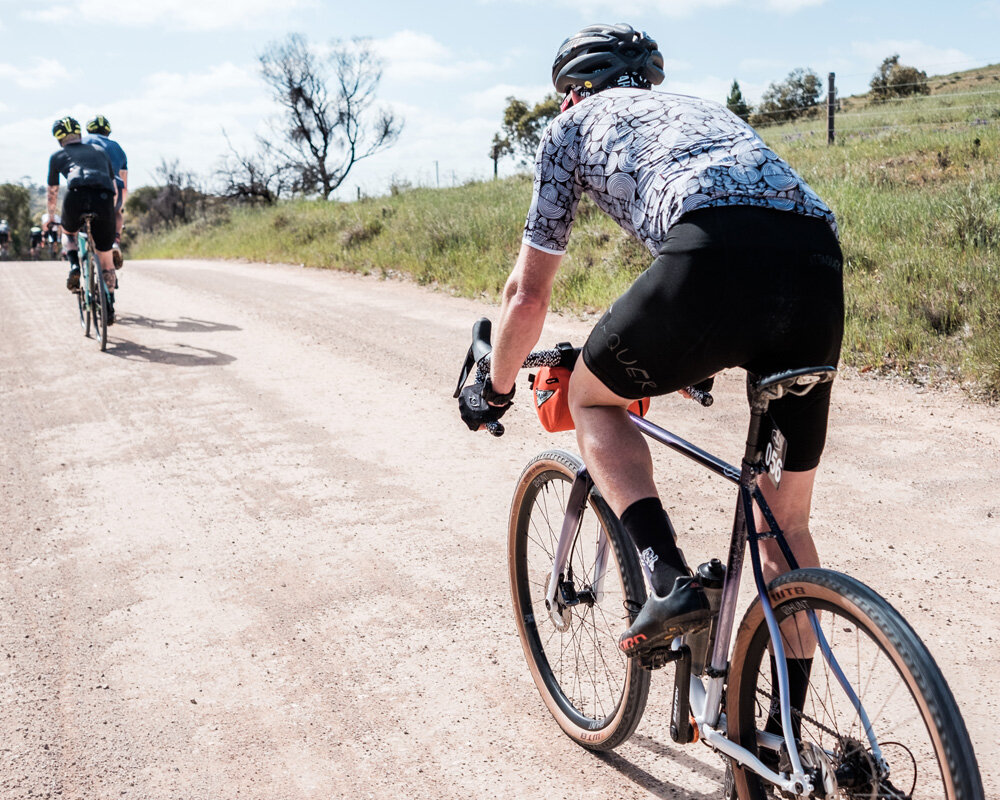
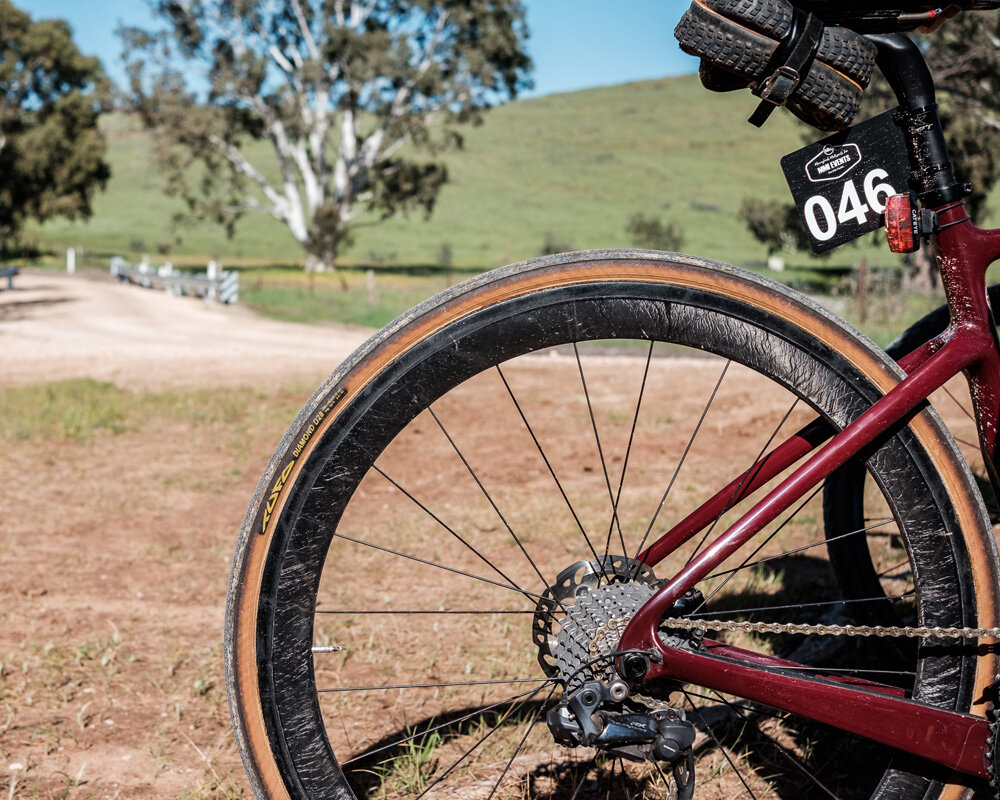
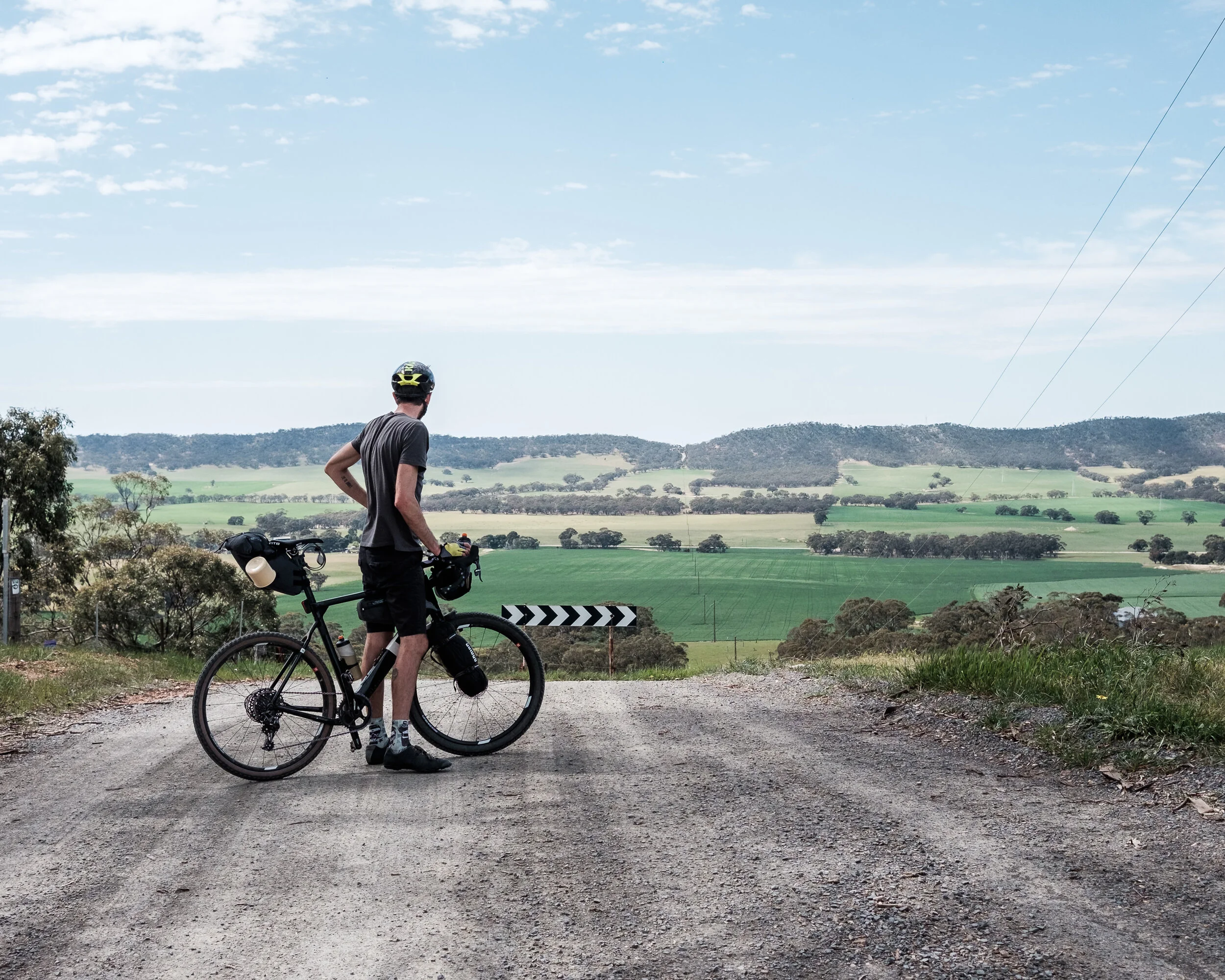
If you really want a camera in this category my picks are all from the crop sensor category: I’d love a
Fujifilm X-E4: This little thing with the new 27mm f2.8 lens would be a ripper.
Fujifilm X-S10: Another compact Fuji that won’t break the bank.
Olympus OM-D E-M10 or the M5: Compact, rugged, and a lot of lenses in this ecosystem.
Sony a6100 or a6400: Very popular and feature-rich system.
Canon EOS M6: Another compact APSC from one of the biggest in the business.
WRAPPING UP
Cycling gear and photography equipment run in perfect parallel. They’re both complex, diverse, tech-heavy, and deep rabbit holes of geekism. Investing time is the best way to improve at both though. There’s no substitute for dedicated practice and a commitment to progressing. It’s tempting to spend your way to perceived success but… don’t…
Keep your photography setup simple because the less it interferes with riding your bike the better it is for everyone!
Do you shoot from the saddle? Let us know your preferred setup!




